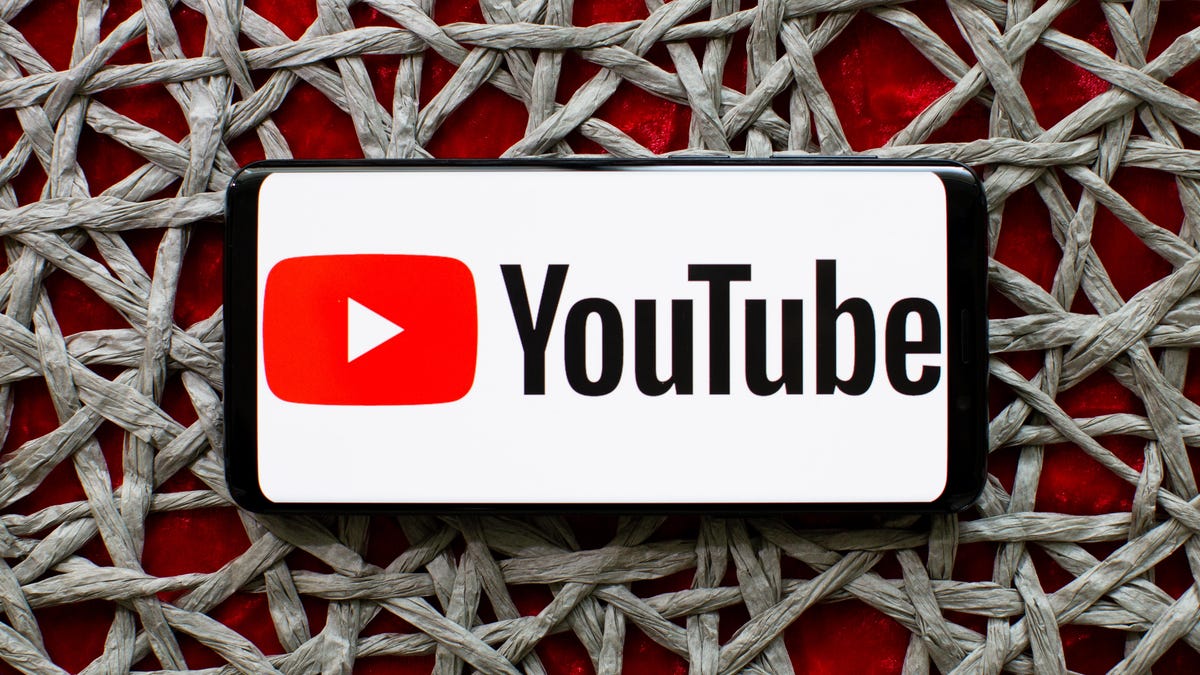YouTube CEO apologizes after verification uproar, softens policy changes
The Google-owned site said it's tightening verification restrictions, and creators are furious.

YouTube has announced changes to its verification system.
YouTube CEO Susan Wojcicki on Friday apologized to video creators about changes YouTube is making to its verification program.
A day earlier, the company said it's overhauling its system for verifying users on its platform, as the Google-owned video site faces intense controversy over the content it pushes to users. But the announcement immediately caused outrage among some of YouTube's millions of creators, who said their verified statuses were revoked because of the new requirements.
"I'm sorry for the frustration & hurt that we caused with our new approach to verification," Wojcicki said in a tweet. "While trying to make improvements, we missed the mark."
To our creators & users–I’m sorry for the frustration & hurt that we caused with our new approach to verification. While trying to make improvements, we missed the mark. As I write this, we're working to address your concerns & we’ll have more updates soon.
— Susan Wojcicki (@SusanWojcicki) September 20, 2019
On Thursday, the company said it would move away from using subscription numbers to determine verification. Instead, it'll prioritize verifying "prominent channels that have a clear need for proof of authenticity." (Currently, any channel with 100,000 subscribers or more is eligible for verification.)
YouTube also said it's changing the way its verification badges look. Now the site will show a gray background behind a creator's name, instead of using a checkmark or music note.
But on Friday afternoon, YouTube softened the policy changes. The company said creators who are currently verified wouldn't lose their status. The company also said creators with 100,000 or more subscribers will still be able to apply for verification. The rollout of the new-look badge, which was supposed to start next month, will also be delayed until next year.
YouTube is changing the look of verification badges
"Through our research, we found that viewers often associated the checkmark with an endorsement of content, not identity," Jonathan McPhie, a YouTube product manager, said in a blog post. He said the company was making the change to "reduce confusion about what being verified means."
As the outrage began to mount among creators on Thursday, YouTube aimed to reassure them that the changes hadn't yet taken effect. "No one lost a verification badge today," YouTube tweeted, responding to complaints. "If you received an email that your channel will no longer be verified, this was just an advanced notice & you can appeal."
Additional clarification:
— YouTube Creators (@YTCreators) September 19, 2019
✔️No one lost a verification badge today–If you received an email that your channel will no longer be verified, this was just an advanced notice & you can appeal
✔️The checkmark has never appeared on YouTube mobile channel pages (this will be added soon) https://t.co/vv64ClfuBx
The new policy comes as YouTube faces an onslaught of scandals, including blowback for recommending content related to extremism and child exploitation. The video site isn't the only big tech platform rethinking its verification policies. Twitter CEO Jack Dorsey pledged last year to improve the site's famous blue checkmark system.
Originally published Sept. 19, 1:37 p.m. PT.
Updates, 3:47 p.m.: Includes additional response from YouTube; Sept. 20, 12:17 p.m.: Adds comment from YouTube CEO Susan Wojckicki; 3:56 p.m.: Includes additional policy updates announced by YouTube.

